Internships often play a critical role in job hunting as employers increasingly seek graduates with some real-world experience. A 2012 Marketplace and Chronicle of Higher Education survey found that employers place more weight on experience, particularly internships and employment during school, rather than academic credentials, when evaluating a recent graduate for employment.
With that in mind, Bostonia reached out to five undergrads who interned this summer, asking them about their experience. We are featuring a different story each day this week.
Name:
Nick Mahlburg (CFA’15)
My internship:
I was paid to work as an in-house graphic designer for Southwest Airlines at the company’s headquarters at Love Field in Dallas, Tex. Southwest has a fairly large program, with more than 100 interns. Most of them are doing things like aerospace engineering or marketing, but one or two are graphic designers. I was one of those interns working for the internal graphic design team.
How I landed the internship:
At the end of summer 2013 I saw an ad that Southwest Airlines has an internship program and that one of the perks was flying for free. That piqued my interest, so I checked to see if there was a spot for graphic designers, and there was. I’ve flown Southwest more than any other airline and have generally been pleased with them. Southwest is one of the best airlines in how they treat both their employees and their customers. I also was born and spent half of my childhood in the Dallas–Fort Worth area and I was interested in returning, so I put in my application to work there the following summer.
The first stage of applying was just answering questions about qualifications and pasting a plain-text résumé. Around a month later I got an email request for a full résumé and a portfolio. I sent samples of some of the best design projects that I have done working for Mugar Memorial Library and from my College of Fine Arts design classes. Southwest really liked my work and set up a phone interview. A month after that, they flew me down to Dallas one Friday for an in-person interview. By late December, I had a job offer.
A typical day on the job:
The other design intern and I usually had a real mixed bag of projects. Typically, we would work on some larger, ongoing projects, such as creating a brochure for a training event or redoing an employee benefits guide. At the same time, we would also work on several quick-turnaround jobs, such as laying out spreads for the employee magazine, digital signs for employee video monitors (basically replacing workplace flyers and bulletin boards), and creating graphics for the airline’s social media.
Career skills I acquired:
I learned how to prioritize and work on a range of different projects at once within the time constraints of a regular workday. Up until now, I’d mostly worked on design projects on my own flexible hours, so I really had to change my approach to organizing time on a 9-to-5 schedule.
I also got great experience working directly with clients. For nearly every project, we would pitch concepts and go through the full gamut of revisions with them. On top of that, working in an office environment, working for a major company, and working within a corporate structure were all new experiences for me.
What it taught me about the real world:
Being proactive and doing your research early can really pay off. Starting early helped me land the internship and also get great work experience. Southwest does intern recruiting on kind of an unusual schedule—they post openings for the following summer as early as August, while most other places don’t post them until around March. That meant that I had a great internship lined up before New Year’s and had one less thing to worry about in the spring. The value of this became only more apparent as the semester progressed and my classmates competed for a few local opportunities.
Spending the summer working at Southwest gave me a chance to apply my graphic design skills at a leading company and I learned a lot. You have to be ready to go to work from day one and learn on your feet. Along the way, I got great feedback from my colleagues, got the chance to attend some specialized software training, and got the feel of working at a daily full-time job.
Biggest mistake I made:
I had worked 40-hour weeks the past two summers, so I didn’t think this summer would be much different. I came to realize that at those previous jobs—painting for BU Facilities Management & Planning in 2012, doing graphic design work for Mugar and working computer tech support for CFA in 2013—I never had more than a few irons in the fire at once.
At Southwest, I had to juggle lots of kinds of work assignments and stress. Plus, I spent every weekend taking advantage of the free cross-country plane trips that came with the job, so I never got much rest. At the start of the summer I pushed my bedtime forward several hours to accustom myself to the earlier mornings, and ended up never pushing it back. I learned that I needed to make adjustments.
Most frustrating thing about the internship:
I worked on a small, in-house design team, and they function mainly to take on internal projects and smaller jobs that aren’t cost-effective for Southwest to send to big outside agencies. As a result, the work was generally on a quick schedule. And there was a lot of it. Sometimes this meant that I had to give projects less time and thought than I felt they deserved. I tend to be very methodical and a bit of a perfectionist, so this was my biggest challenge. But the division of work on the team was very fair, and they made a point to pass along as much fun stuff as they could to us. I think it was a valuable experience for me to work outside of my comfort zone like that.

An example of the work that Mahlburg created during his summer internship for Southwest Airlines. Photo courtesy of Mahlburg
My proudest accomplishment:
The constant flow of work didn’t lend itself to having one big standout project. But I was happy that I was able to give the time and care to a variety of projects that there might not have been resources available for otherwise. I enjoyed whenever I could take a more creative approach to a project or dramatically improve the look and clarity of something. I found it cool that my work was used and hopefully improved the experience of other workers in nearly every major urban area in the country.
Most important lesson I learned:
Understand your client’s vision and your audience. Often I was inclined to take a more creative approach to a project, only to have to rein it back to fit more straightforward, corporate sensibilities and image. Different venues have different expectations, so a designer has to be flexible with that.
My most surprising or unexpected experience:
The most unexpected thing for me was the wide variety in the scope of the work. The company’s graphics team primarily does design work for internal use, but that work could entail anything. We worked with and touched basically every corner of the company, from social media to employee benefit booklets, management training seminars to posters for the ground crew. I was very impressed with how much Southwest “walked the walk” of taking care of their employees, even temporary ones.
What I learned about the real world that inspired or frustrated me:
Living in Dallas for the summer and traveling around the country really made me appreciate how easy it is to get around the Boston area. A car-focused infrastructure and a lack of efficient public transportation dramatically affects just about everything in your daily life if you don’t have a car. It was a somewhat paradoxical experience for me: with my flight benefits, I could fly to another metropolitan area 300 miles away easier, cheaper, and sometimes even quicker than I could get to the nearest grocery store or movie theater.
Overall grade and whether the internship lived up to my expectations:
Definitely an A. I can’t think of any expectation that I had that wasn’t met or exceeded. That’s not to say that I found everything to be perfect, but I had anticipated most of the challenges I came upon.
If I had it to do over, I’d…
Pack a little warmer. Texans don’t mess around when it comes to their air-conditioning.
My advice for others seeking an internship:
The creative industries are rife with employers looking for free grunt work. Try to get an internship that pays your expenses and that gives you real-world experience in your field. Also, free flight privileges are a lot of fun if you can get them. I traveled to places like California, Arizona, and New Mexico.
Read the entire summer internship series here.
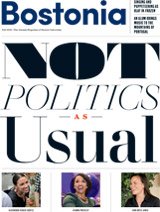

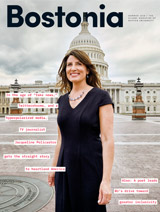
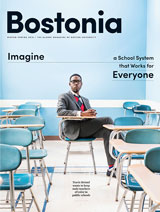
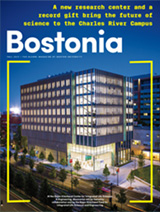
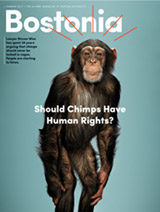
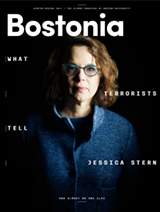
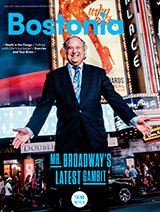
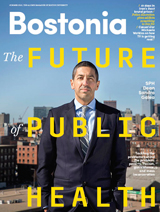
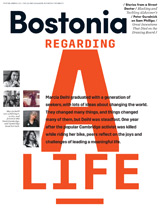
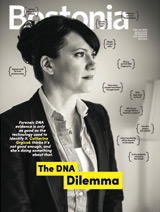
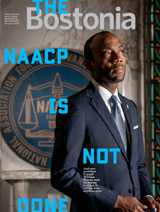
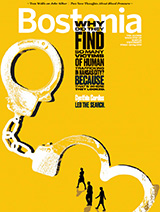
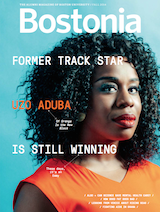


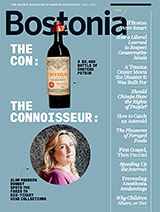
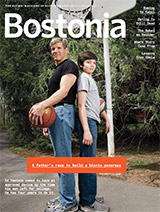
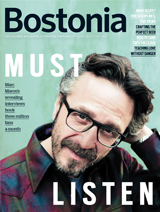
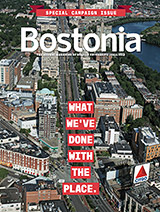
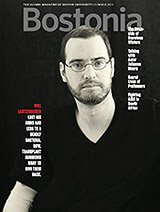
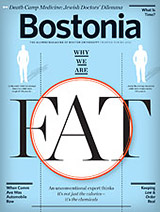
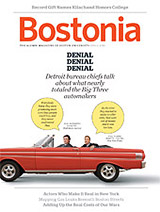
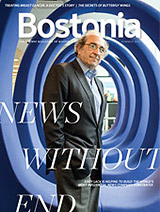


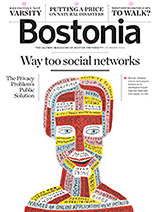
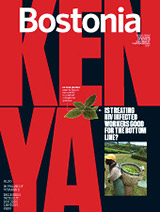
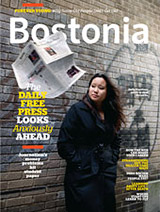
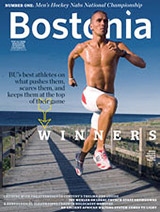
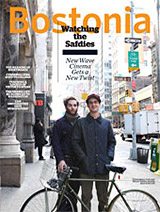

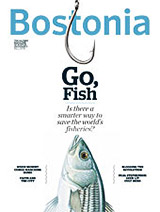
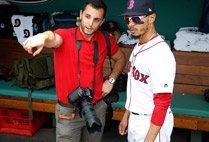
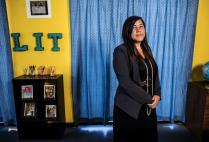
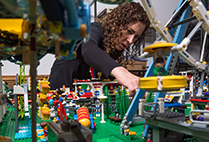

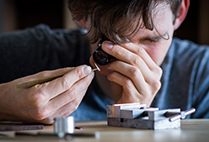
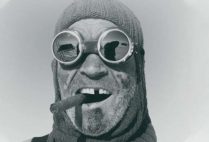
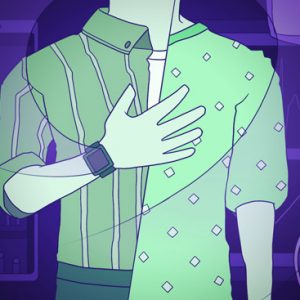

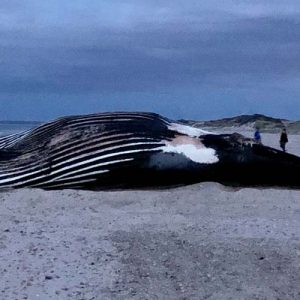
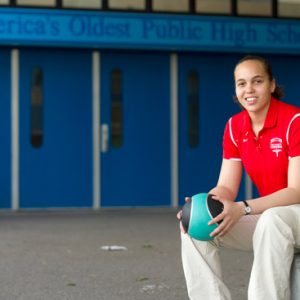


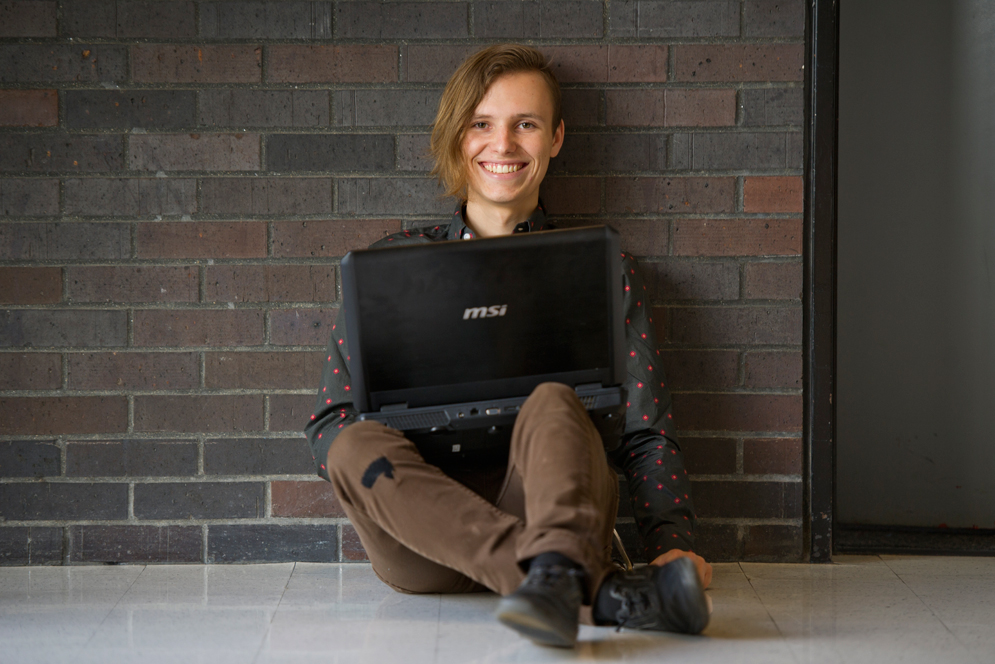

Related Stories
Summer Internship: Live from Lincoln Center
CFA student learns what it takes to put on an arts festival
Summer Internship: Show Biz, India-Style
An SMG student’s glimpse of Disney in Mumbai
Summer Internship: Working for the Family Business
SHA student learns about small business at parents’ winery
Post Your Comment